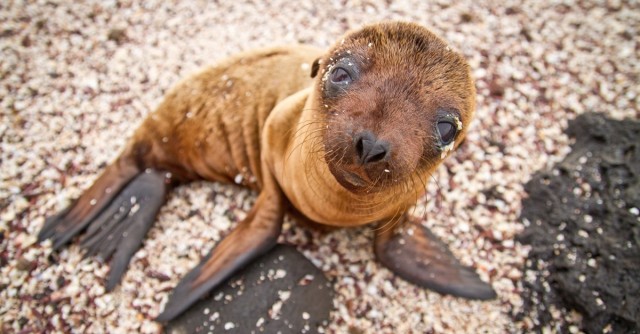Fukushima’s massacre: Six incidents where animal populations were brutally affected by lingering radiation
06/06/2016 / By Greg White

For over five years, the Fukushima Daiichi power plant has pumped out a steady stream of 300 tons of radioactive water into the Pacific Ocean each day. The 2011 Fukushima disaster was not an isolated episode, but an on-going event that will continue to pollute the environment and accumulate in the food chain for the decades to come.
The magnitude, distribution and duration of the Fukushima debacle is unprecedented. Conservative estimates suggest it will take at least 40 years to decommission the power plant. In the meantime, numerous humans and nonhuman animals will develop cancer and other health issues due to the exposure to high levels of nuclear radiation. In fact, researchers discovered in 2015 that thyroid cancer rates were 50 percent higher among children living inside the Fukushima Prefecture than elsewhere in Japan.
Although the tsunami that sandblasted the coast of Japan in 2011 has subsided, the reverberations of the disaster continue to be felt. It’s been more than five year’s since the original catastrophe, and radiation from the incident is just now beginning to bombard the west coat.
Unfortunately, the Tokyo Electric Power Company (TEPCO), has downplayed the severity of the disaster and the mainstream media has been practically silent on the matter. In spirit of this fact, the following are six examples of how animal populations have been impacted by lingering radiation from the Fukushima power plant.
1. Polar bears, seals and walruses dotted through Alaska coastlines are experiencing fur loss and open sores. Researchers are investigating if the fur loss and open sores found in nine polar bears recently is common and related to similar instances among seals and walruses.
“The bears were among 33 spotted near Barrow, Alaska, during routine survey work along the Arctic coastline. Tests showed they had ‘alopecia, or loss of fur, and other skin lesions,’ the US Geological Survey noted in a statement,” as reported by The Epoch Times.
2. There has been a surge in sea lion deaths on the California coastline. Approximately 45 percent of sea lion pups born in June at the island rookeries of Southern California have died, reports the Epoch Times. Typically, less than one-third of the pups would perish. In recent weeks, the situation has become so dire that the National Oceanic and Atmospheric Administration dubbed it as an “unusual mortality event.”
3. An unidentified source is causing fish sprinkled on the west coast of Canada to bleed from their gills, bellies and eyeballs.
4. Researchers have discovered alarming levels of cesium-137 in plankton inhabiting the waters of the Pacific Ocean in-between the west coast and Hawaii.
5. A study conducted in the golden state discovered 15 out of 15 bluefin tuna were tainted by Fukushima radiation.
6. Canadian officials are unearthing disturbingly high levels of nuclear radiation in specific fish samples. Recent fish samples taken for testing have had extremely high levels of radiation. For example, last July, a sea bass sample tested positive for 1,000 becquerels per kilogram of cesium.
The signs are on the wall but no one is noticing. As the Fukushima disaster continues to unfold, the number of reports of animal populations affected by radiation is expected to grow. To stay ahead of environmental disasters, visit collapse.news powered by Fetch.news.
Sources include:
Submit a correction >>
Tagged Under:
Fukushima, FukushimaWatch, polar bears, radiation exposure, seals, walruses
This article may contain statements that reflect the opinion of the author
RECENT NEWS & ARTICLES
COPYRIGHT © 2017 FUKUSHIMAWATCH.COM
All content posted on this site is protected under Free Speech. FukushimaWatch.com is not responsible for content written by contributing authors. The information on this site is provided for educational and entertainment purposes only. It is not intended as a substitute for professional advice of any kind. FukushimaWatch.com assumes no responsibility for the use or misuse of this material. All trademarks, registered trademarks and service marks mentioned on this site are the property of their respective owners.




















